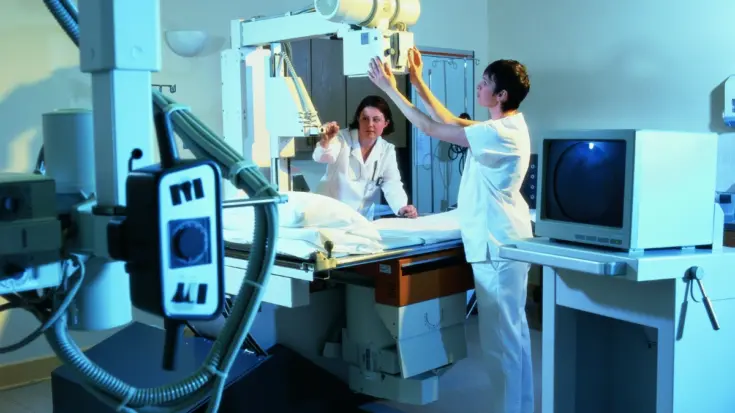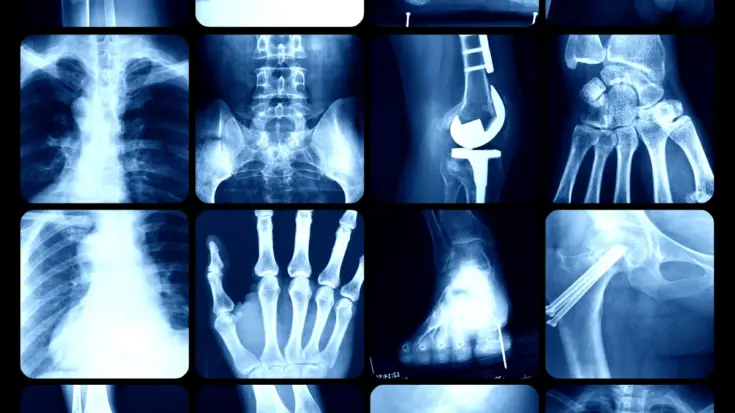From the many benefits provided by X-ray detectors, this tool is used by many sectors, one of which is the medical industry. X-ray detector for medical industry are used to capture and measure X-ray radiation passing through the patient’s body to produce images.
X-ray detector for medical industry function include radiography, fluoroscopy, and radiation dose measurement. The benefits of this device include good image quality, easy image processing, and reduced radiation.
This article will further inform you about X-ray detector for medical industry, including their definition, functions, types, and benefits.
Also Read
Table of Contents
What is an X-Ray Detector for Medical Industry?

X-ray detector for medical industry is used to capture and measure X-ray radiation passing through the patient’s body to produce images.
This device can visualize the internal body without the need for surgery, thus greatly assisting doctors in diagnosing and planning treatment.
In the medical world, this detector is applied in various needs for radiography, fluoroscopy, and CT scans.
The Functions of X-Ray Detector for Medical Industry
X-ray detector for medical industry use have several functions, from radiography, fluoroscopy, to radiation dose measurement. Here are some of its functions:
- Radiography: Used to capture images of organs and tissues in the body, such as bones, lungs, and heart.
- Fluoroscopy: Used to produce moving images in real time to monitor the movement of organs or contrast agents in the body.
- CT scan: Used to produce cross-sectional images of the body through rotating X-ray scans.
- Radiation dose measurement: Used to measure the radiation dose that the patient receives within safe limits during medical procedures.
The Types of X-Ray Detector for Medical Industry

Here are some examples of the types of X-ray detector for medical industry that are usually used:
- Photographic film: Film used to record X-ray images. With the advent of digital detectors, photographic film is now falling into disuse.
- Flat panel detector: A digital detector capable of producing high-quality images, fast scanning, and integration with other digital systems.
- Semiconductor detector: Used in advanced medical imaging applications due to its high sensitivity and accuracy.
The Benefits of X-Ray Detector for Medical Industry
X-ray detector for medical industry use have several advantages, from good image quality, easy image processing, and reduced radiation. Here are some of its main advantages:
Good image quality

One of the advantages of X-ray detectors for the medical industry is their ability to produce good image quality. With digital detectors, images are produced with high resolution and a wider dynamic range.
Easy image processing
Using an X-ray detector, the images produced can be easily processed. For better analysis, doctors can process, enlarge, or manipulate the digital images produced.
Reduced radiation dose
Another advantage of X-ray detectors for the medical industry is the reduced radiation dose. Some digital detector models can reduce the radiation dose administered without compromising the quality of the images produced.
Conclusion
Those are the definitions, functions, types, and benefits of an X-ray detector for medical industry that you need to know.
This type of X-ray detector greatly assists the medical industry in performing functions such as radiography, fluoroscopy, CT scans, and radiation dose measurement.
By producing high-quality images that are easy to process, X-ray detectors for the medical industry greatly assist doctors in examining patients’ internal organs without having to perform surgery.


















